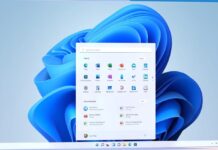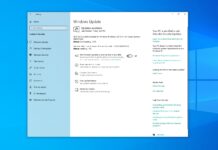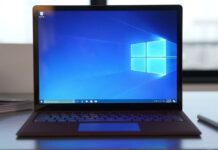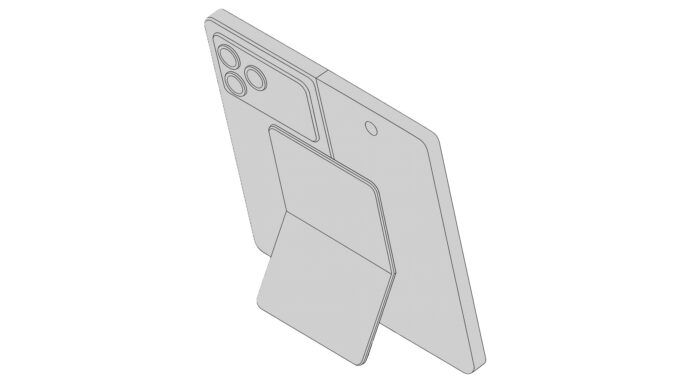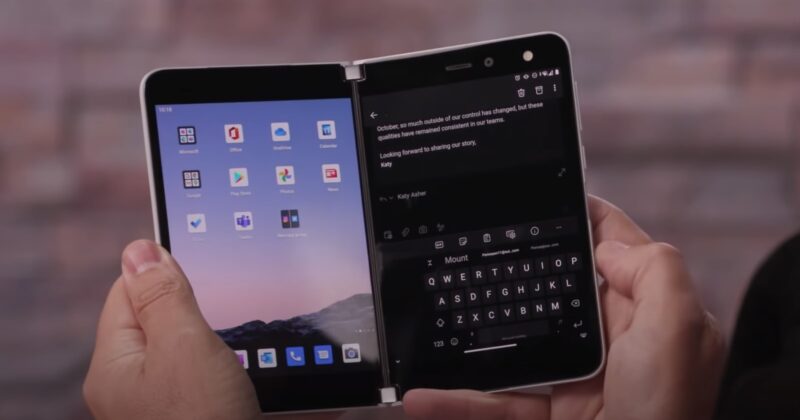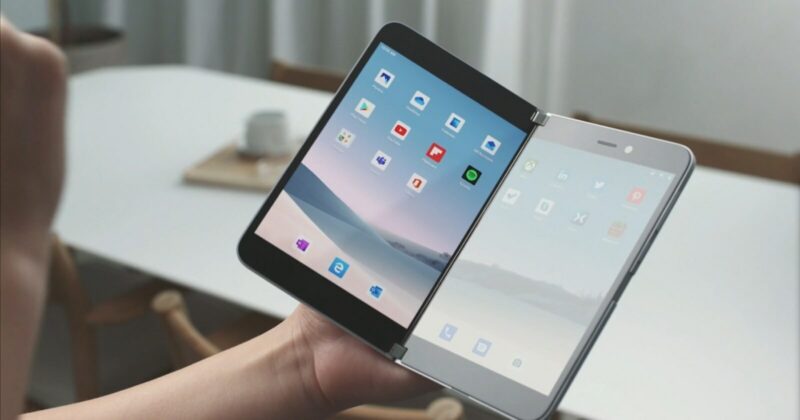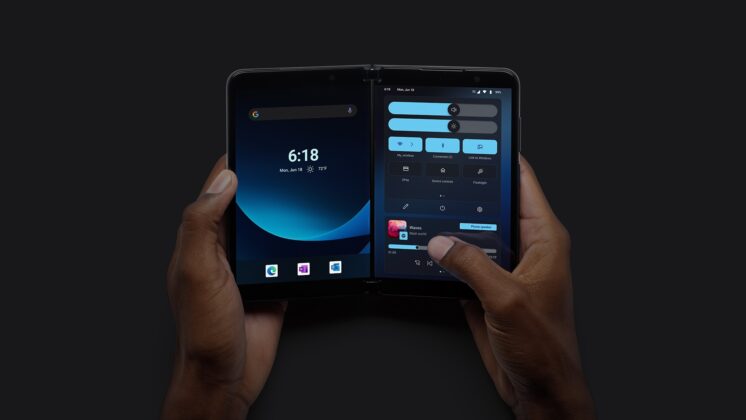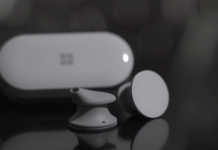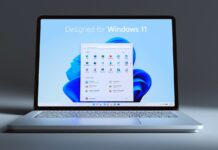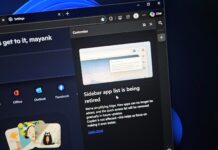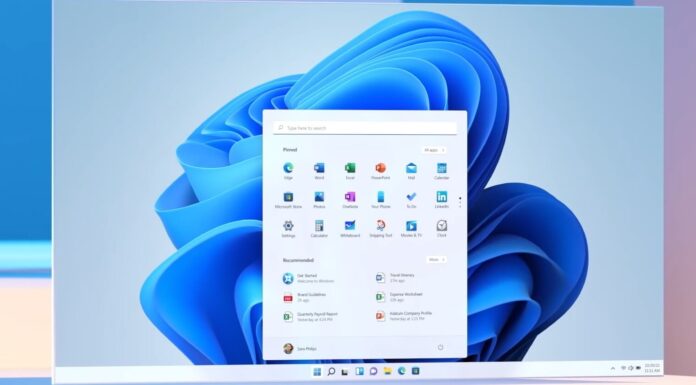On Apr. 23, 2025, Microsoft filed a patent for a foldable device titled “KICKSTAND FOR OPENING FOLDABLE COMPUTING DEVICE” on the USPTO. Unlike previous patents, this one is particularly interesting because it shows off a foldable phone with a Surface Pro kickstand, and the patent was filed very recently. Other patents are often five years old.
As first spotted by Windows Latest, USPTO published the patent on Aug. 7, 2025, but it only went live for everyone this weekend. I’ve been reading the 37-page document since yesterday, and I finally have some thoughts to share.
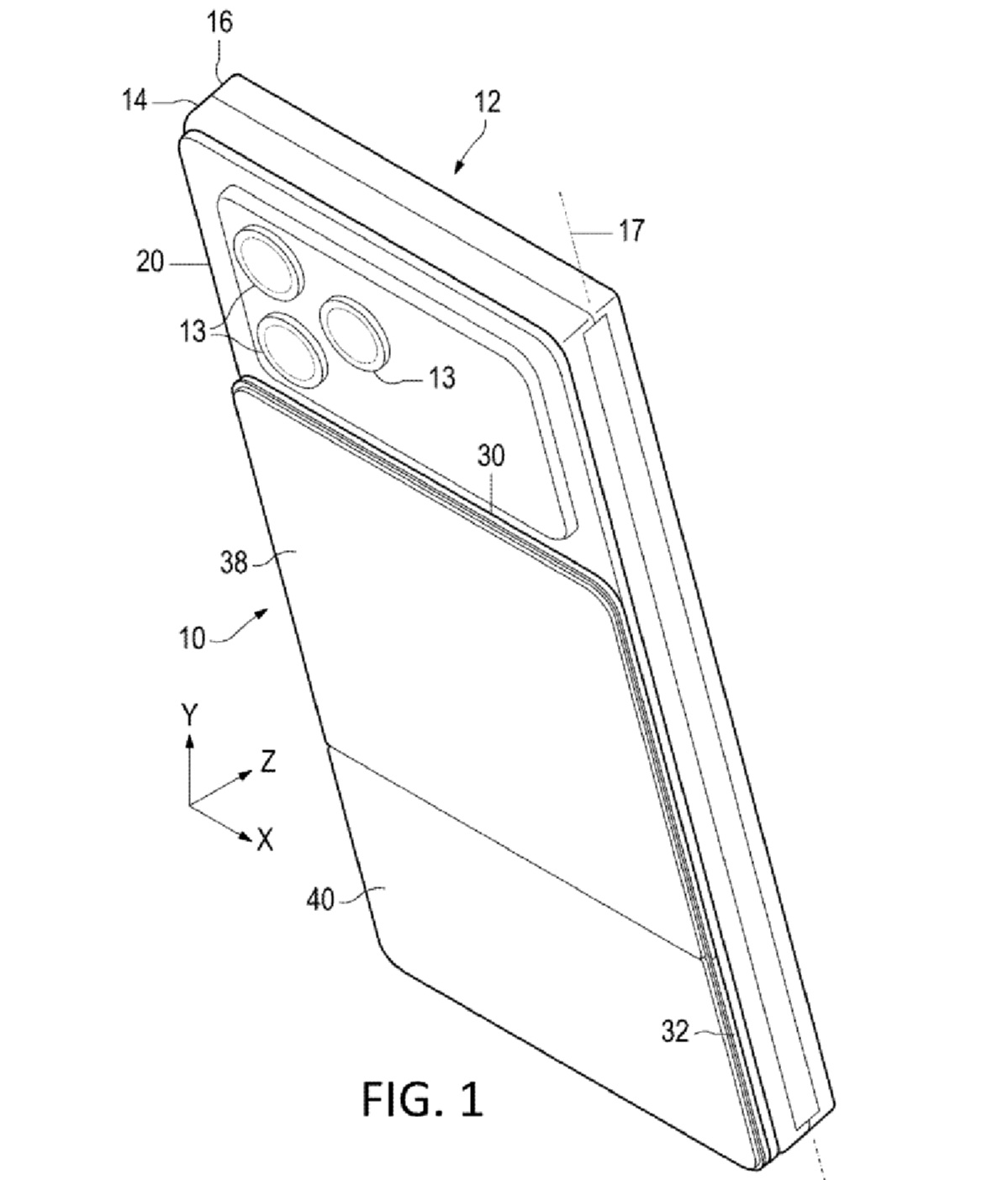
Microsoft says it can build a first frame (first screen), which can be coupled to a second frame (second screen). The second frame would house the kickstand. Kickstand is one of the most unique features of the Surface Pro lineup. It gives a stand to a 2-in-1 or table form factor, so you can use it as a portable laptop or even a PC.
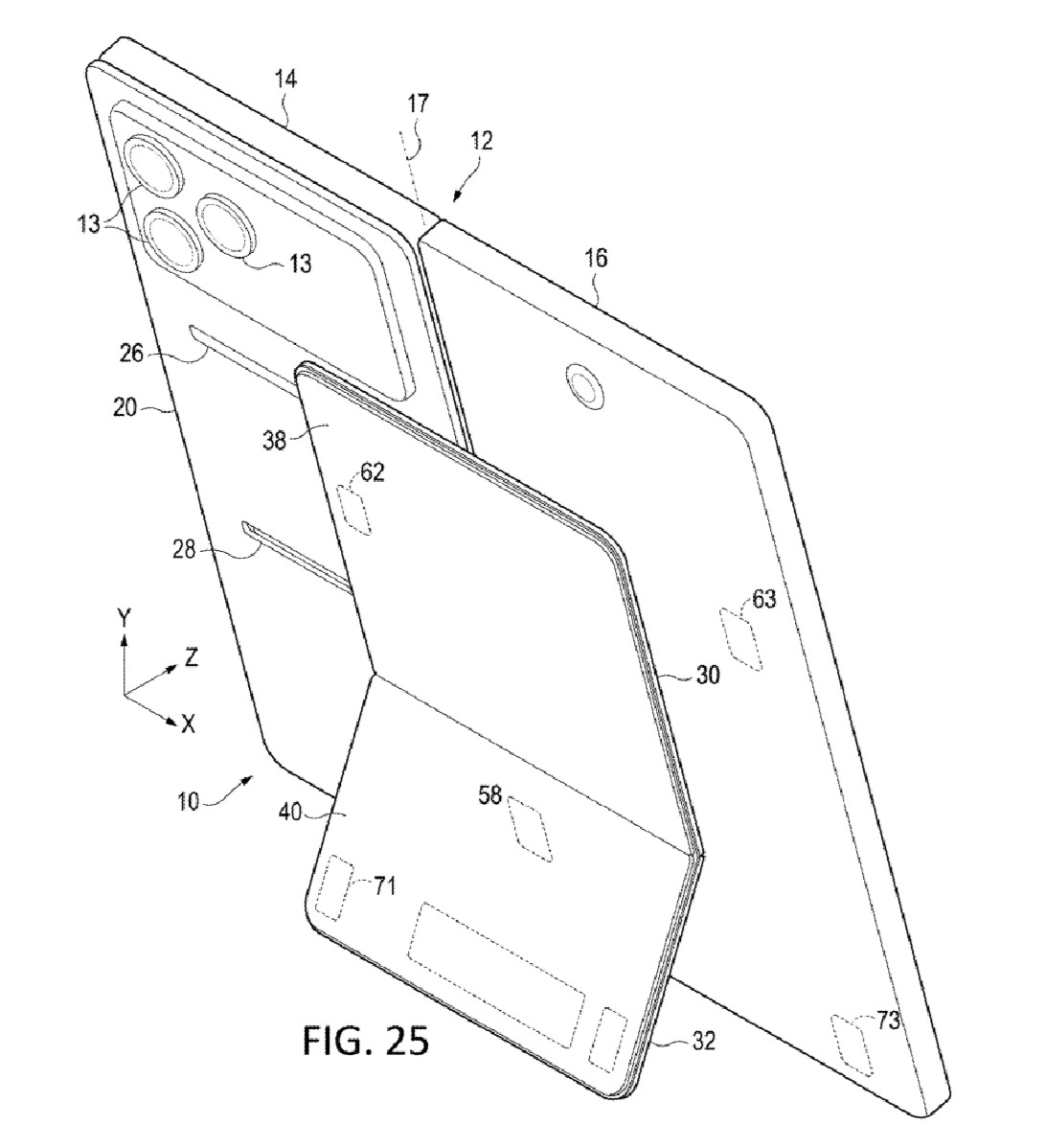
Microsoft is exploring similar use cases for foldable phones. The idea is to allow the foldable phone to stand on the desk, so you can connect your mouse or keyboard and get back to work from anywhere, anytime, for a true PC-like experience. This very much aligns with Surface vision, but I’m not sure if that holds true anymore under the current leadership.
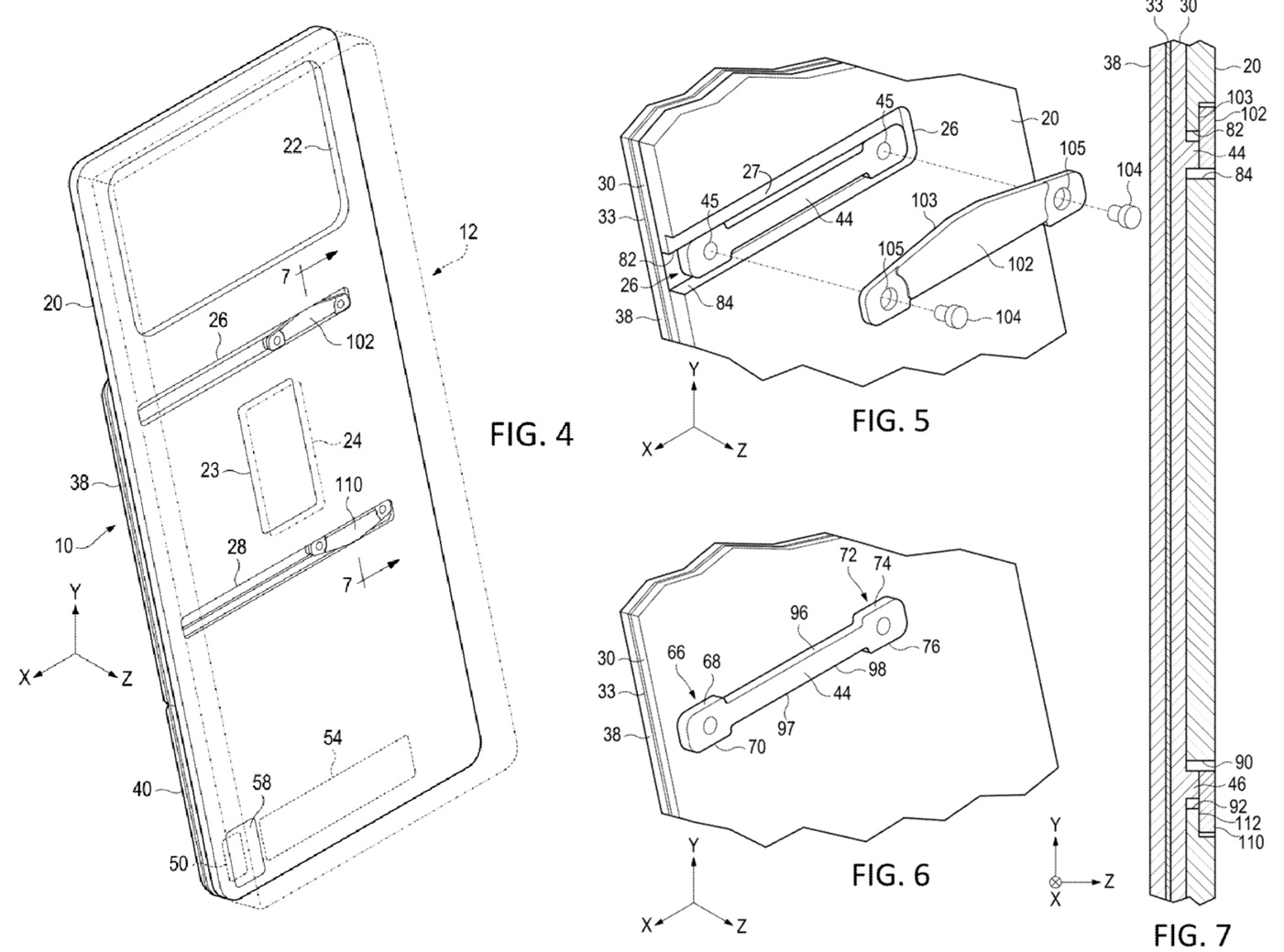
Windows Latest found that the patented device uses a clever hinge technology, and optional helpers (a spring-loaded plunger or a tiny motorised latch). Once open, another magnet pair can hold the device open for stability.
The idea is to allow one hand opening for the foldable, which itself is a unique feature. With a kickstand attached to the back of the second frame, it gives a strong base for reading, video or calls on a table (aligns with Microsoft 365 goals). Everything in the patent tells me that it could end up as great hardware if Microsoft ever ships it.
Now, let’s talk about how the kickstand actually works. Based on the design details in the patent filing, Microsoft has created an upper plate for the kickstand. It is the bit your thumb pushes. Then, there’s the lower plate, which is hinged to the upper plate and becomes the “leg” when the kickstand is opened.
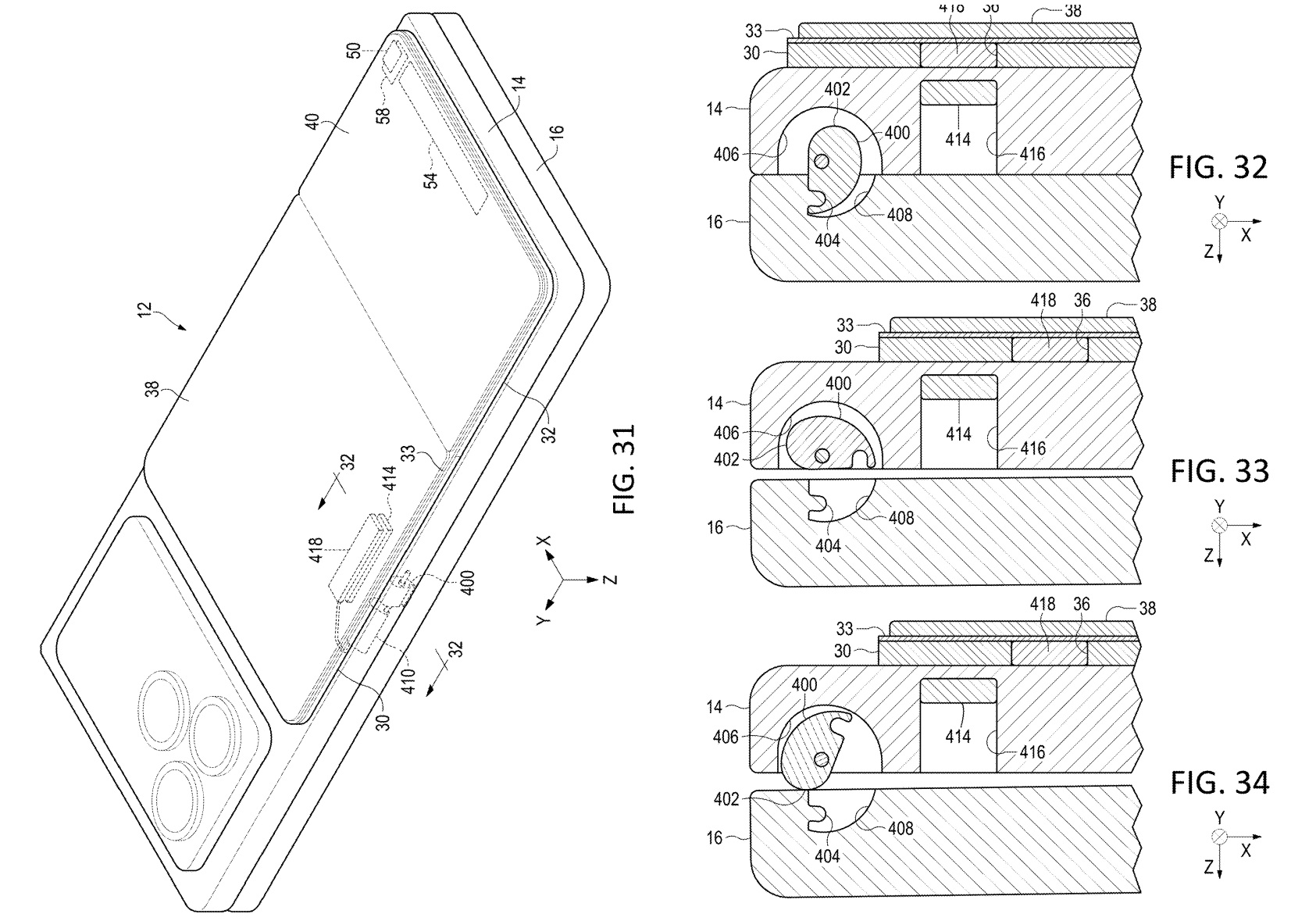
The kickstand uses all sorts of magnets to smoothly transition from sleeping (closed state) to open (standing state). You might wonder how a hinge as thin as the one in the above diagram could actually give a sturdy hold. While reading the documents, I noticed that the magnets allow the slides to shift the whole kickstand assembly toward the device’s hinge line.
When this happens, the stand ends up centred, and it uses the device’s mass. This is a physics concept (“static stability”), but to keep it simple, as a consumer, this implementation gives you that steady, desk-friendly posture.
I also made a CAD render that might give you a better look at the device:
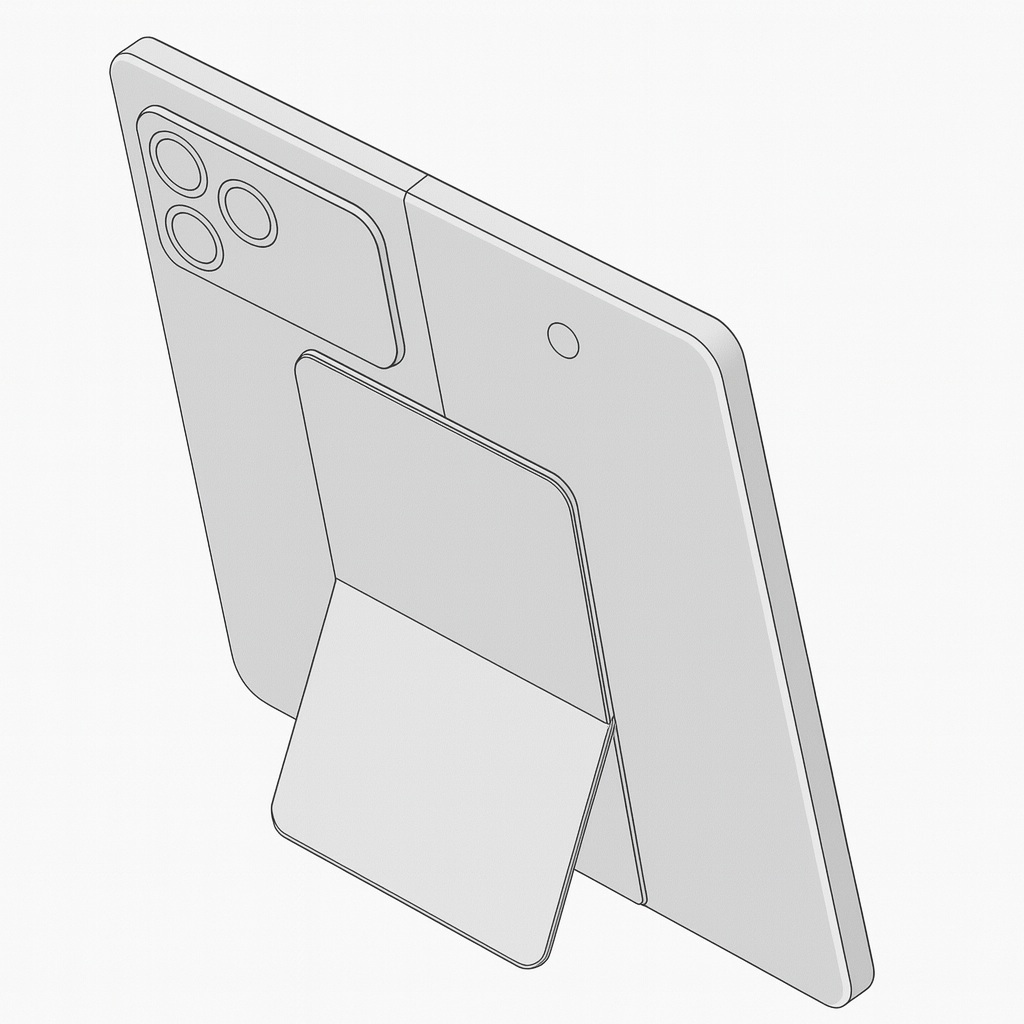
Microsoft explains why a foldable phone with a kickstand is better than the current foldables, like the Galaxy Fold.
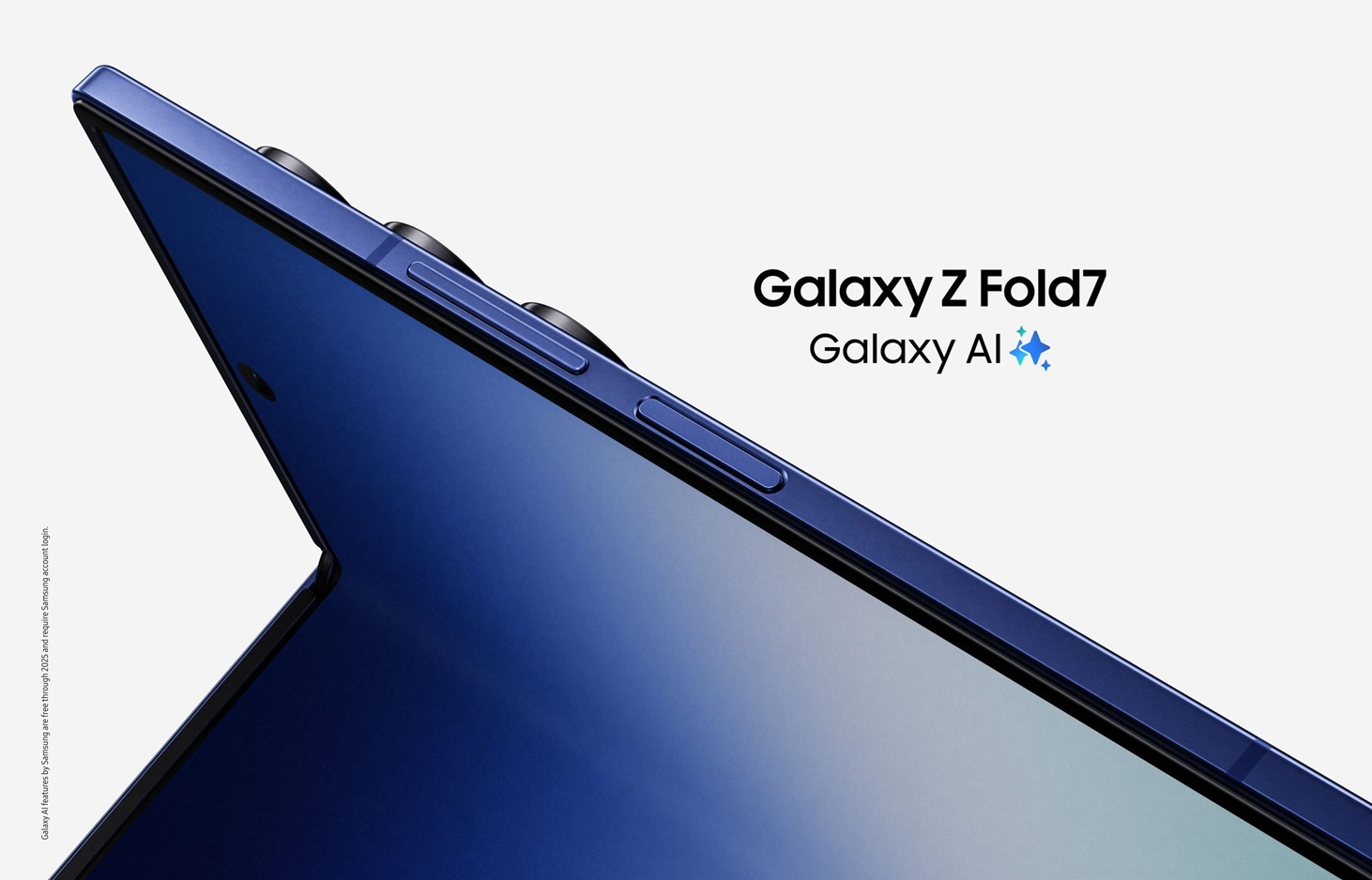
Now, let’s come to the most interesting read of the patent filing. Microsoft says that foldable phones have been around for years now, and they typically include two screens that are rotated at a hinge. Examples are Galaxy Fold, Flip or even Microsoft’s Surface Duo.
In the case of Surface Duo, you could rotate the device 180 degrees, and some devices also offer 360-degree rotation. Microsoft argues that these devices do meet the cool form factor, but often fail to meet consumers’ expectations.
For example, you may want to rest the foldable phone at a certain angle and read a book or watch a movie and enjoy the extra screen space. Microsoft believes a thin Kickstand would finally address these use cases
“Kickstand assemblies of the present disclosure enable a user to easily open the device from the closed orientation while deploying the kickstand,” Microsoft noted in the patent first spotted by Windows Latest.
“Additionally and in some examples, when the two frames have transitioned to the open configuration, magnets releasably secure the first frame and the second frame in the open configuration, thereby stabilizing the two frames in this position,” the patent reads.
What do you think? Would you buy a foldable surface with a Kickstand if it runs Windows 11? Let me know in the comments below.

